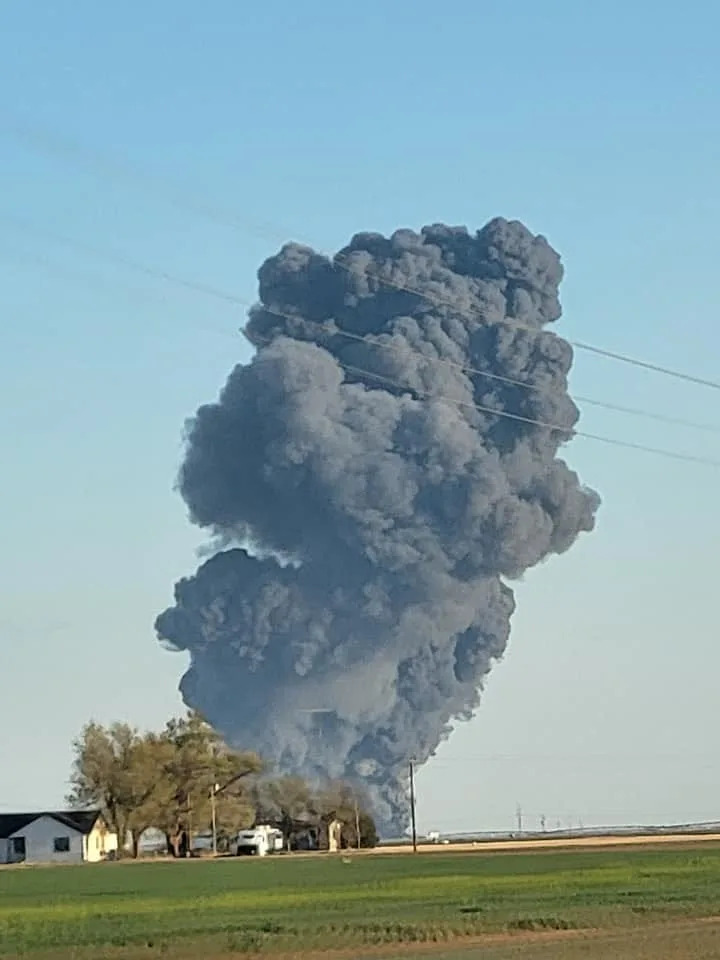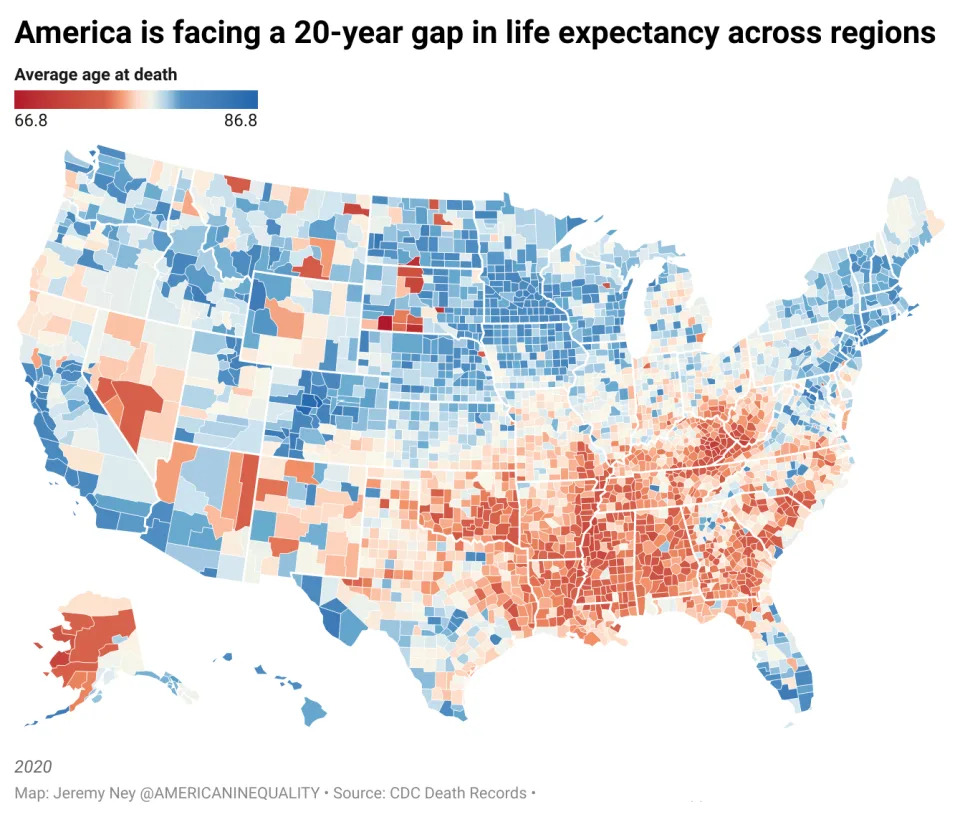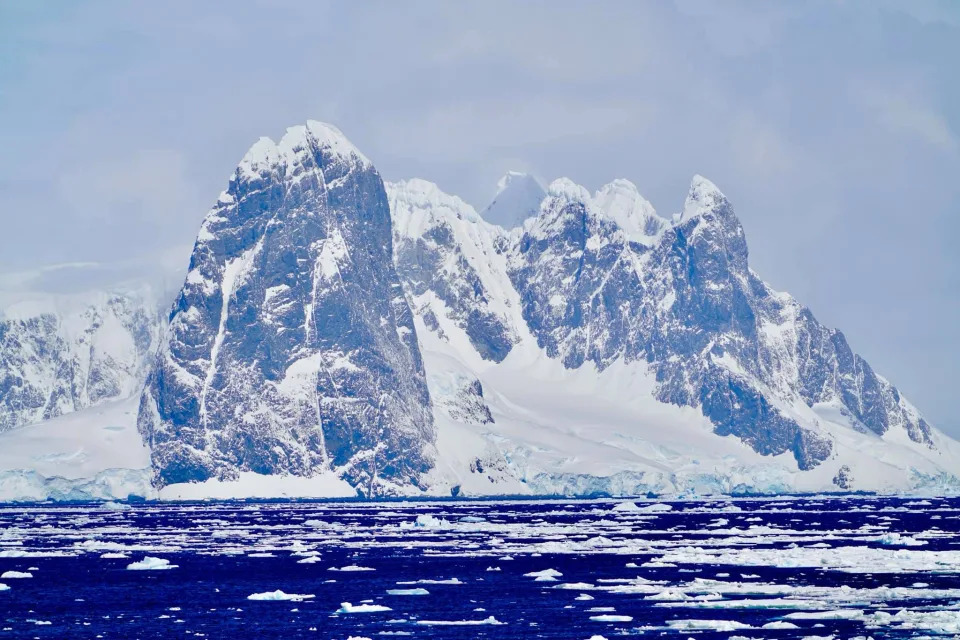Politico
Opinion | Abortion Is Terrifying Republicans
Rich Lowry – April 13, 2023

Politicians are motivated by many things, among them power, fame, idealism, greed — and fear.
The last of these is not to be underestimated. It is a powerful, gut-level force that can strike the most loquacious politicians dumb and make the most attention-hungry suddenly shy. It can cause officeholders or candidates to reverse field on a long-held position almost instantaneously and abase themselves however seems necessary to get to safety.
Republicans at the national level, right now, are scared. You can hear it in their silence on the issue of abortion after a district judge in Texas struck down the FDA approval of the abortion pill mifepristone. That decision also came immediately after Republicans lost a key race for a Supreme Court seat in Wisconsin to a progressive jurist who ran, to a large extent, on abortion rights.
You could say the Republican fight or flight instinct is kicking in, except it’s none of the former and all of the latter.
It’s like the nature show set in the Serengeti when all the gazelle sense lions in the vicinity and freeze in place, their heads in the air on high alert, waiting to make their next move — but pretty certain someone’s getting taken down, no matter what direction they run.
Much of what has happened since Dobbs is what you’d expect after a longstanding national legal regime on abortion is lifted and the states are given the freedom to decide their own policies. There has been a sorting out toward a new political and policy equilibrium, with red and blue states occupying different poles of the spectrum, and purple states up for grabs.
The good news for Republicans is that there are more restrictions on abortion in place than at any time in the last 50 years, and they still took a majority in the House in last year’s midterms, if smaller than expected.
There is broad sentiment for more restrictions than existed under Roe, but location and specifics matter immensely.
In Indiana and in much of the South, Republicans have passed sweeping abortion bans and paid no discernible political price for it.
In Georgia, Republican Gov. Brian Kemp signed a six-week ban on abortion in 2019. It went into effect after the Supreme Court overturned Roe, and Kemp won reelection handily in a race where the Democrat, Stacey Abrams, made abortion a major issue. In Texas, the details differ, but the story is much the same. The GOP-controlled Florida House takes up a six-week abortion ban on Thursday that Gov. Ron DeSantis is expected to sign after it’s passed.
But especially in Michigan and Wisconsin, the issue has been a debacle for the party, and it has suffered notable losses elsewhere, with perhaps more in the offing.
One lesson should be that Republicans can’t just run and hide on an issue that has been of defining importance to their base and that Democrats are going to hammer them on regardless of how they try to minimize it.
Another is that outside of the Deep South, complete bans can’t be defended politically, and the traditional exceptions for rape, incest and life of the mother are essential; polling for anti-abortion groups shows that even Republicans and conservatives don’t support prohibitions without the exceptions, which account for a tiny proportion of abortions.
What is required is a meeting somewhere in the middle between an anti-abortion movement that has to embrace incremental change and a Republican establishment that has to be willing to fight.
The Michigan and Wisconsin disasters stemmed from statutes that no one would have written in the post-Dobbs environment. Michigan had a 1931 law still on the books, and Wisconsin’s dated from 1849. These complete bans with narrow exceptions went too far for these purple or blue states, and Republicans were inevitably going to get hurt by their association with them.
In Kansas last year, a ballot measure that said the state’s constitution “does not create or secure a right to abortion” went down to a stinging defeat — the vagueness of the proposal allowed opponents to fill in the picture by arguing it would clear the way for a total ban.
Republicans should be pushing for restrictions that go as far as a state’s voters are willing to accept, and no further, while being absolutely clear about the details. This will require keen political judgment and shrewd tactics, both of which are hard to muster in the midst of a panic.
The other obvious imperative for the GOP is to try to focus attention on the extremism of the Democratic maximalist position on abortion, which is out of step with public opinion (Gallup finds that only 35 percent of people say abortion should be legal with no restrictions). Republican candidates who emerged unscathed on the issue last year had some success in flipping the script this way.
In the current controversy over the abortion pill, that means hitting the Biden administration for attempting an end run around an 1873 law prohibiting the use of the mail to deliver an “instrument, substance, drug, medicine, or thing” that could be used in an abortion, as a way to undermine abortion restrictions in red states.
While the Republican record fighting ballot measures to guarantee access to abortion is dreadful in the post-Dobbs era — they’ve lost everywhere — they are going to have to do more of it. Emboldened Democrats are getting referenda on the ballot in a number of red states over the next two years. A signature battle will be a vote to write abortion rights into the state constitution in Ohio later this year. If opponents defeat the measure, it will be on the strength of arguments that the amendment will end up making parental consent laws impossible and go further than the pre-Dobbs abortion regime.
Make no mistake: In many places, Republicans are simply seeking to neutralize the Democratic political advantage on the issue and fight to a draw. If this is unsatisfying and discomfiting, it’s still better than the pre-Dobbs context when the politics were easier but it was impossible to get any meaningful restrictions done. Yes, it would have been better if Republicans had spent a little more time during the prior half-century contemplating what they’d do if Roe fell, but here we are.
If there’s one thing that should be clear, it’s that fear — no matter how natural or visceral — is no substitute for careful thought and considered action.













